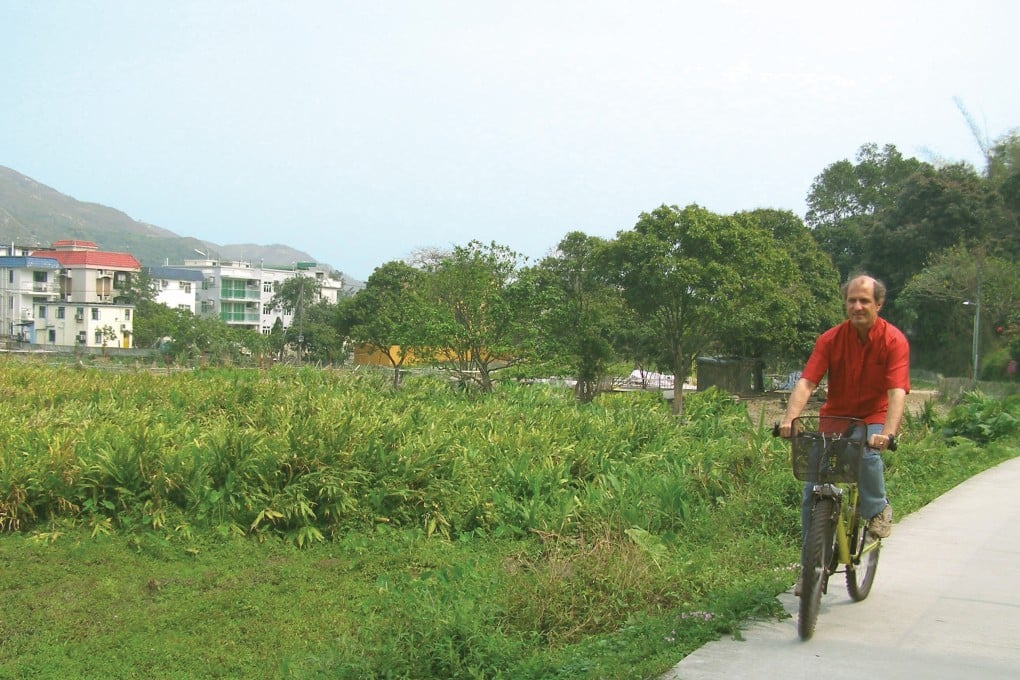Life off the beaten track: 32 years in a remote, car-free village on Hong Kong’s Lantau Island
- A cartoonist and writer waxes lyrical about his rural village and its colourful local characters, and how little has changed in his 32 years there

Half a lifetime ago, I moved to Wang Tong, on Lantau Island. No signs pointed to this tiny village, no roads led there, and water buffaloes jammed the footpaths. It was swampy, unkempt and popular with snakes.
The only connection to the city at the time was a 70-minute ferry trip. It was love, maybe not at first sight, but by the second, a 32-year-long relationship did bloom.
I’ve always worked from home, and for this, my village offered quiet, sometimes too much quiet.
Days, even weeks may pass without my venturing to Hong Kong Island or Kowloon, but occasionally, even a taciturn artist needs more stimulation than staring out a window at egrets poking around a field of snow-white ginger lilies.

Urban Hong Kong, for me, was always stimulating without being invigorating, and after a few hours I’d hurry back, exhausted and irritated. Inspiration was always going to be in closer proximity, so I set myself the task of exploring my village, and only my village, as a weekly writing challenge. Anything beyond the village boundary was off-limits.
You’d think that living among 250 vehicle-free people there’d be little to write about, but the opposite is true. The narrower your subject, the closer you lean in to observe. Like a fractal image, whole worlds reveal themselves, and sometimes, whole worlds within those.
